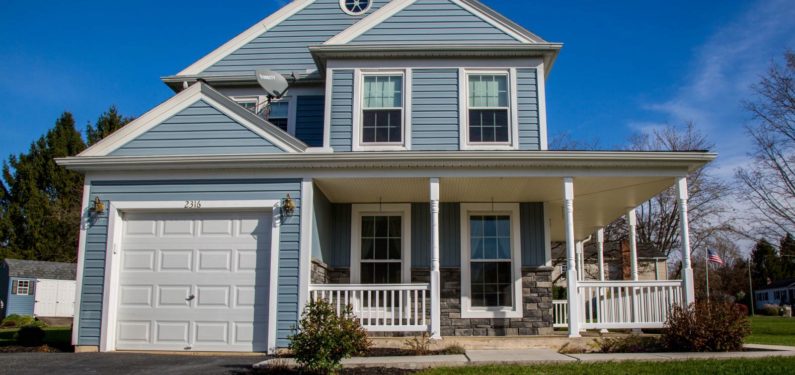
4 Winter Energy Efficiency Tips
Posted on December 6, 2018As temperatures drop and winter weather sets in, many homeowners have to deal with increasing energy bills as heating needs grow. When it comes to the battle against heating and cooling costs, energy efficiency is your ally and can offer a little bit of protection. Here are a few winter energy efficiency tips to help you get through the winter season:
1. Seal Air Leaks and Cover Drafts
Your home is full of air leaks and drafts; sealing leaks and covering drafty areas can help you prevent heating loss. Old or damaged windows and doors are obvious sources of air leaks and drafts. Replacing windows and doors with newer, more energy efficient windows that are properly sealed makes a big difference in your home’s overall energy efficiency.
In addition to those areas, there are other common air leaks to consider. For example, be sure to seal any air leaks around any plumbing penetrations, which are utility cut-throughs for pipes. Additionally, make sure you seal any gaps around your chimney, recessed lights, and spaces behind closets, cabinets, and cupboards that are unfinished. Adding caulk or weatherstripping around leaky areas can help reduce heating loss and increase energy efficiency.
2. Add Insulation
Unfinished spaces can be a big source of air leaks and heat loss as they are often not insulated. Adding insulation where you are able can make a big difference in both unfinished and finished areas. Covering your windows with insulating drapes or shades can provide another layer of protection against the cold.
Throwing down some area rugs can add some extra insulation to your floors with the added benefit of cutting down a little on noise. If you have an attic, adding insulation there can also help keep more heat inside your home. If you have an unfinished basement and it’s been on your project to-do list for a while, it’s a good time to finally finish it and take advantage of the added insulation a finished basement provides.
3. Install a Storm Door
Another way to add some extra insulation and protection to your home is to install a storm door on doors that connect to the outside. Properly installed and maintained storm doors last several decades and are typically manufactured to help improve energy efficiency. They typically have low-emissivity glass and/or protective coatings to reduce energy transfer and help prevent energy loss.
4. Update Outdated Appliances
Outdated appliances can be a real drag on your energy bills all year round. Take stock of everything in your home from big appliances to light bulbs and everything between to identify areas for improvement. If you’ve been holding on to that old washer for a few years too long, it’s a good time to upgrade to a more energy efficient version. Most modern washers are built to use less water and energy to run a cycle, which can save you on your energy bills.
Look for appliances with the ENERGY STAR rating to ensure you’re choosing energy efficient appliances. Also, check your light bulbs to ensure they are all CFLs (compact fluorescent lamps) and LEDs (light-emitting diodes) instead of incandescent bulbs. CFLs and LEDs are more energy efficient and they last longer than incandescent bulbs, so making the switch is an easy win for your home.
There are a lot of ways to prepare your home for winter. With these winter energy efficiency tips in-hand, you’re ready to weather the winter season. If you need home improvement help to winterize your home, contact Zephyr Thomas at 717-399-4708! We’ve been helping Central PA homeowners make it through the winter for over 60 years and we’d love to help you!
